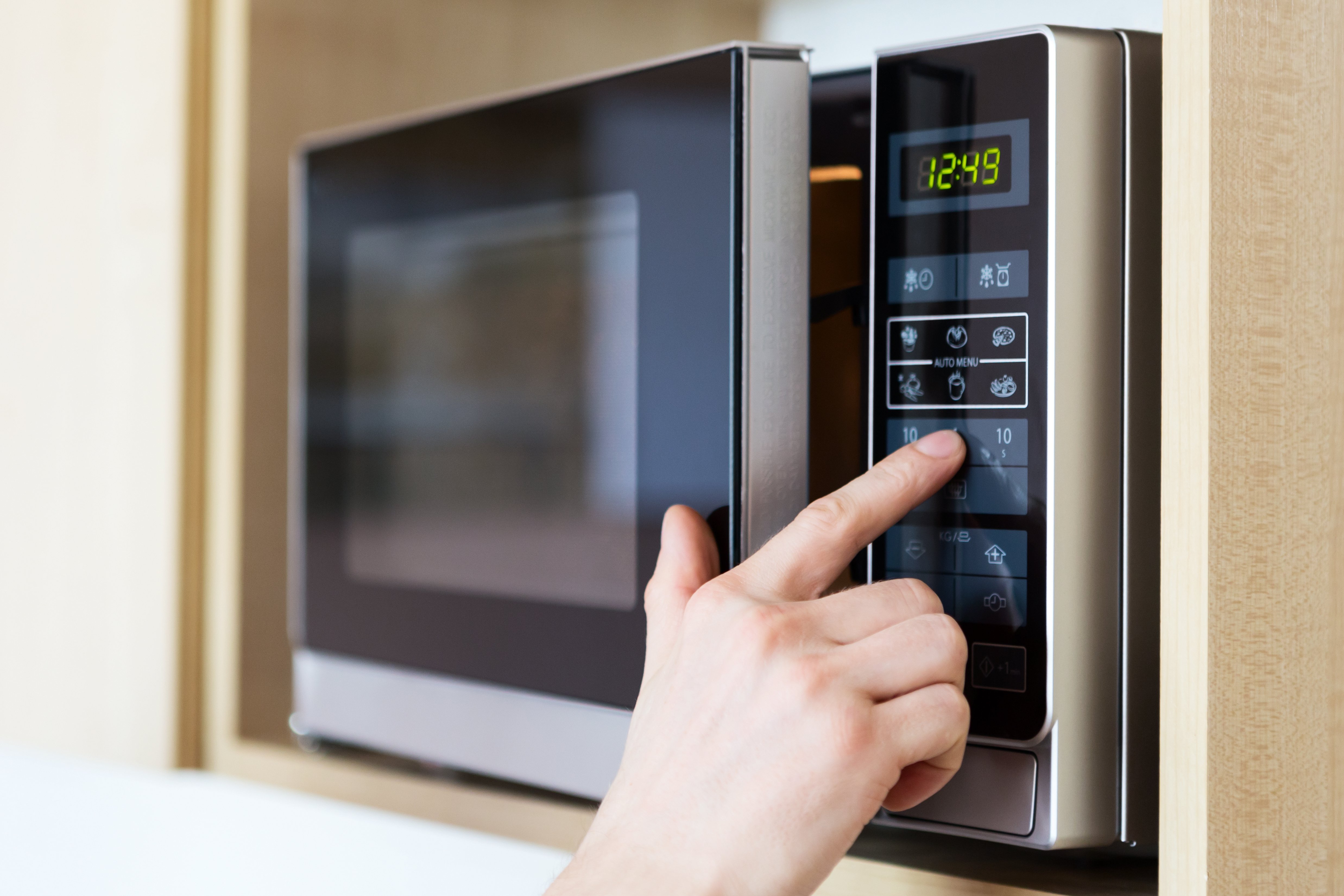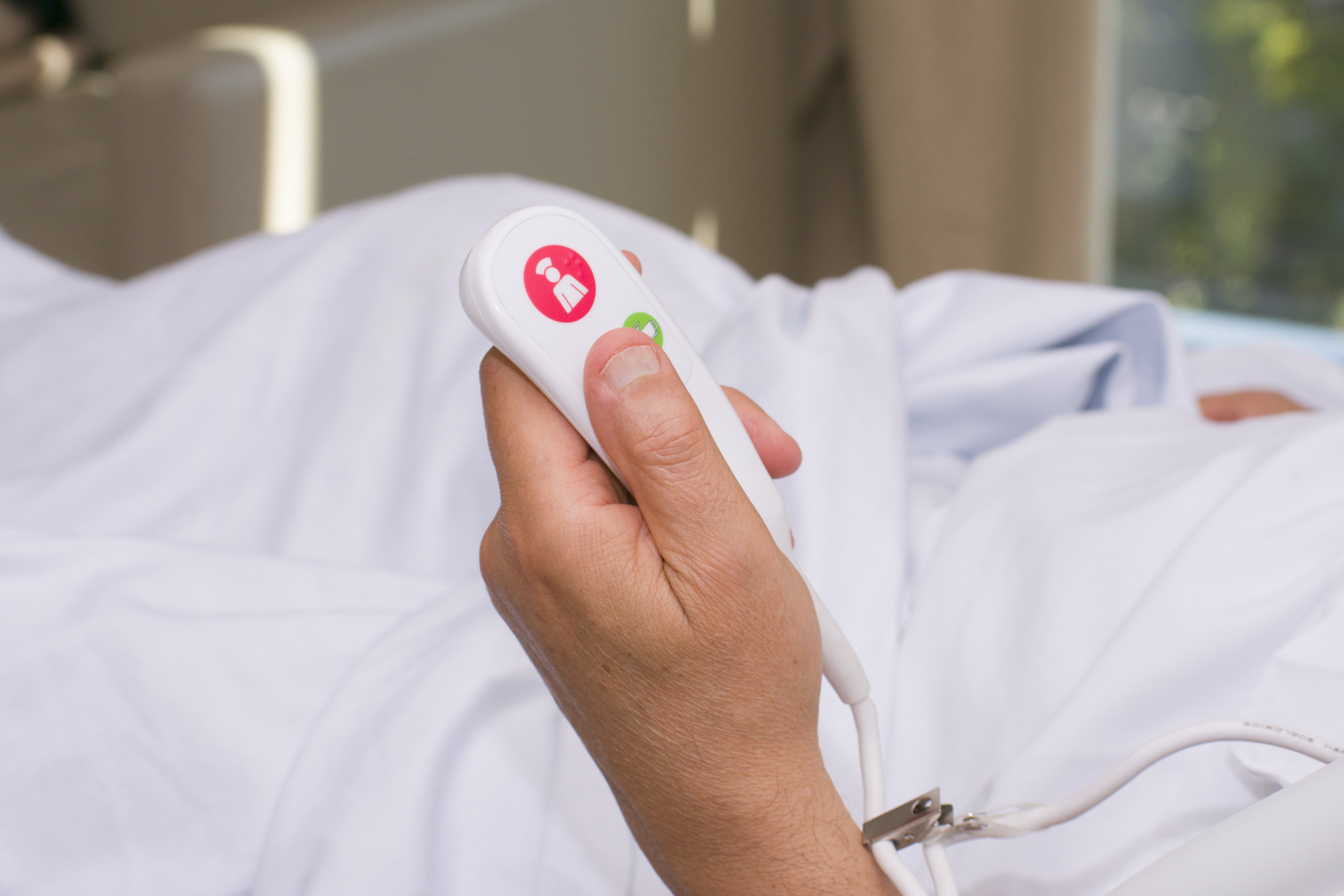The user interface for any electronic device is a critical component that bridges the gap between human interaction and machine functionality. Membrane switches, a universal technology in this domain, play a crucial role in creating intuitive and responsive interfaces. Two prominent variants of membrane switches—tactile and non-tactile—offer distinct user experiences, prompting design engineers to make careful choices based on specific application requirements.
Understanding Tactile and Non-Tactile Membrane Switches
Tactile Membrane Switches:
Tactile membrane switches are designed to provide physical feedback to users upon activation. When a button is pressed, there is a noticeable 'click' or 'snap' sensation, offering confirmation of successful input. This tactile feedback is often achieved through the integration of a domed or pillow-like structure beneath the switch surface. The user experiences a discernible resistance and sound, enhancing the overall interaction. You may have seen this on something like a treadmill or other piece of fitness equipment.
Non-Tactile Membrane Switches:
On the other hand, non-tactile membrane switches are characterized by a smooth, uninterrupted surface that lacks the distinct physical feedback of their tactile counterparts. Users do not feel a noticeable click when pressing the buttons, relying solely on visual or audible cues to confirm input. These switches typically employ a flat, seamless design, providing a sleek and modern appearance. You may have seen this in your more modern microwaves where you press a number and hear an audible beep, but the button itself never moves.

Product Design and Manufacturing Processes
The design and manufacturing processes for tactile and non-tactile membrane switches diverge significantly to meet their respective functional requirements.
Tactile Membrane Switches:
- Structure: Tactile switches often incorporate a domed or embossed structure made from materials like polyester or polyimide. The dome provides the required tactile feedback.
- Overlay: The top layer, or overlay, is crucial in creating the tactile response. It is typically made of durable materials like polyester or polycarbonate, with graphics and symbols screen-printed or digitally printed on the underside.
- Assembly: The assembly process involves placing the tactile dome on the circuit layer, aligning the layers precisely, and securing them using pressure-sensitive adhesives. This assembly provides the necessary tactile feel and durability.
Non-Tactile Membrane Switches:
- Flat Design: Non-tactile switches are characterized by a flat, uniform design. The absence of domes simplifies the manufacturing process and contributes to a sleek appearance.
- Overlay: Similar to tactile switches, non-tactile switches use an overlay for graphics and symbols. However, the absence of tactile domes simplifies the overlay's design and production.
- Assembly: The assembly process involves stacking layers, including the graphic overlay, circuit layer, and adhesive spacer, in a precise manner. This streamlined process facilitates a smooth, uninterrupted surface.
Benefits of Tactile and Non-Tactile Membrane Switches
Tactile Membrane Switches:
- Enhanced User Experience: Tactile feedback provides users with a clear indication of successful input, reducing the likelihood of errors.
- Durability: The design of tactile switches, with the added domes, often results in a more robust and durable switch, capable of withstanding repeated use.
- Ideal for Critical Applications: Tactile switches find applications where precise input is crucial, such as medical devices and industrial control panels. Tactile switches are well-suited for applications where user feedback is crucial, and precision is paramount. Examples include medical equipment, industrial control panels, and other environments where the user must have confidence in each input.

Non-Tactile Membrane Switches:
- Sleek Aesthetics: The flat, seamless design of non-tactile switches offers a modern and aesthetically pleasing appearance, making them suitable for consumer electronics.
- Cost-Effective Production: The simplified manufacturing process of non-tactile switches often translates to lower production costs, making them a cost-effective choice for certain applications.
- Quiet Operation: The absence of audible clicks in non-tactile switches makes them ideal for environments where noise is a concern, such as office settings. Non-tactile switches shine in applications where aesthetics and cost-effectiveness are priorities. Consumer electronics, appliances, and office equipment often benefit from the sleek design and quiet operation of non-tactile switches.
The choice between tactile and non-tactile membrane switches is a nuanced decision that hinges on the specific demands of the user interface and the intended application. As technology continues to advance, designers will continually refine and innovate these membrane switch variants to meet evolving user expectations and industry standards.




.jpg?width=176&height=56&name=MR_associatedNetwork_logo%20(1).jpg)